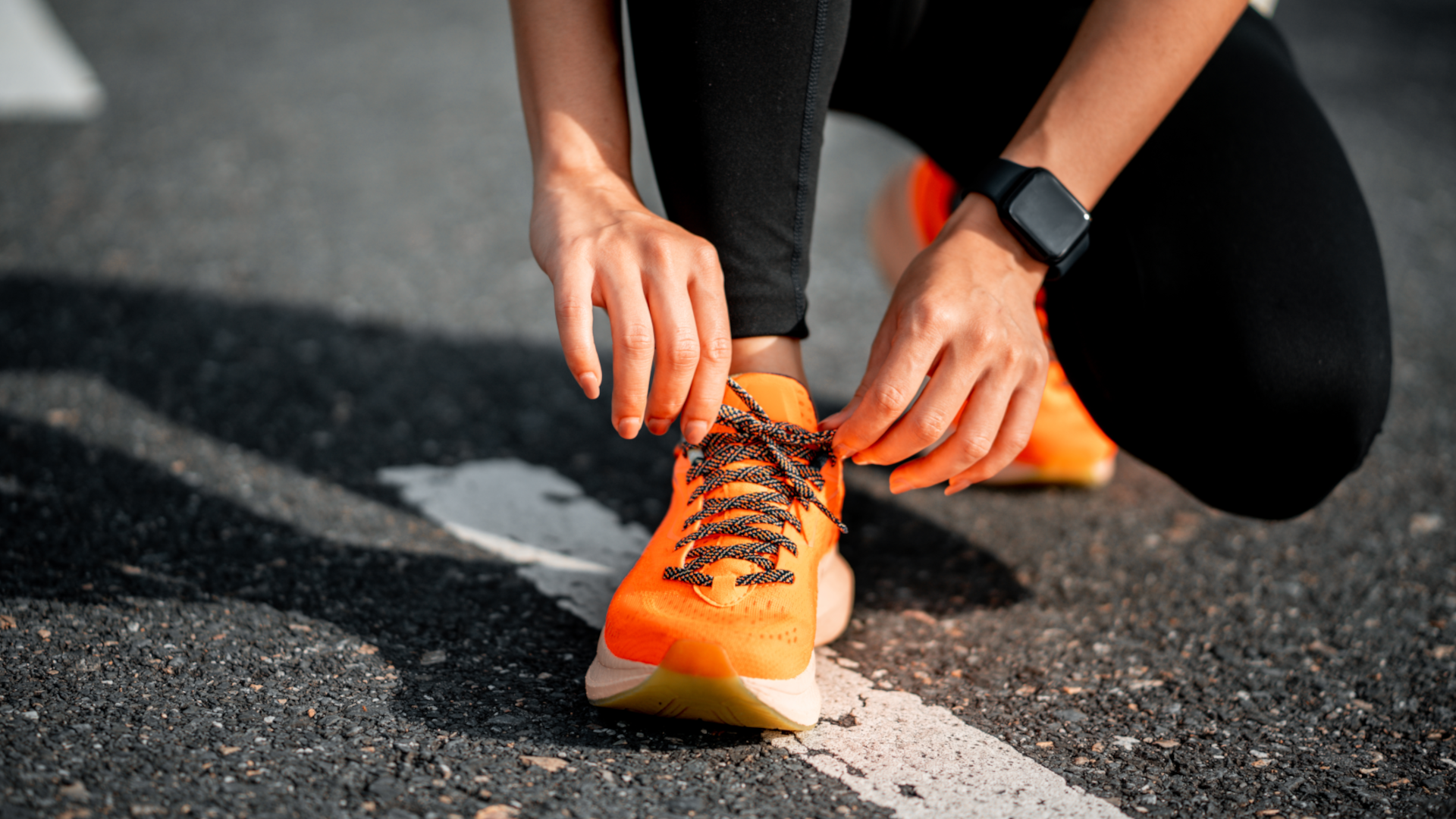
Whether you’re going for a leisurely jog, taking to the track, or doing some long distance, having the best running shoes will not only help your performance, but also reduce your risk of injury. However, if you’re fairly new to this type of exercising then you may have no idea where to start when it comes to picking a pair of trainers, so we’ve got three tips that will point you in the right direction.
‘Do running shoes make a difference?’, is a highly searched question and the answer is yes, they do. “Running shoes are the only protective equipment runners have to safeguard themselves from injury,” says Dr Michael Scarcella at Feet First Clinic. While not all running shoes are designed to improve speed, they will help you avoid injuring yourself, as opposed to running in your hard flat Converse.
These three tips really simplify what you need to consider when buying the best running shoes for you. So, before you jump in and purchase those Nike running shoes you’ve had your eye on for a while, consider these three things first.
1. Get a shoe that fits
This probably sounds pretty obvious, but it’s actually one of the three mistakes people make when purchasing running shoes that our Active Editor says he always sees. Just like the annoyance you may experience with different clothing brands fitting differently, the same applies to running shoes. You should therefore always make sure you measure the length of both of your feet and then check this against the shoe’s size guide. Even if you’re buying a different pair from the same brand (yes, these can vary too). Also, keep in mind that some shoes will be designed to be a little more snug than others, like running shoes, so read their description.
2. Get a shoe specific to the type of surface you’re running on
There’s so many running shoes out there that are designed for different purposes, from trail running shoes to running on the road and indoors — the list is endless. Shoes are designed differently, depending on their purpose. For example, a trail running shoe will be grippier than a road running shoe as you may be up against all types of different surfaces, like rocks and roots. Whereas a road running shoe will have more cushioning to protect your feet and joints as you pound the hard, flat paving. Choosing a pair for the right surface will improve your run and offer the correct protection.
3. Get a pair of shoes specific to your goals
As a beginner, you may be keen to opt for looks over practicality when it comes to purchasing your first pair of running shoes. Again, this is similar to the previous point; this could just hinder your performance and leave you with a higher risk of injury. If you’re planning on running a marathon, then pick the marathon shoes (like the Saucony Endorphin Elite), if it’s trail running go for something like the ON Cloudultra, if you’ve just taken up jogging or running, the ASICS Gel Kayano-29s is a brilliant choice. Always read the shoe specification before buying, so the one you purchase is fit for purpose. Also, consider your own needs too. Do you suffer from any bodily aches or pains already? If so, then finding the best stability running shoes may be what you need.







